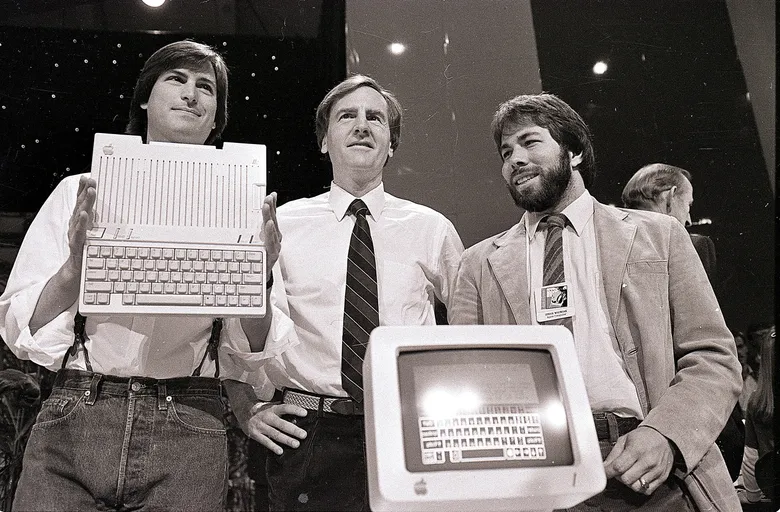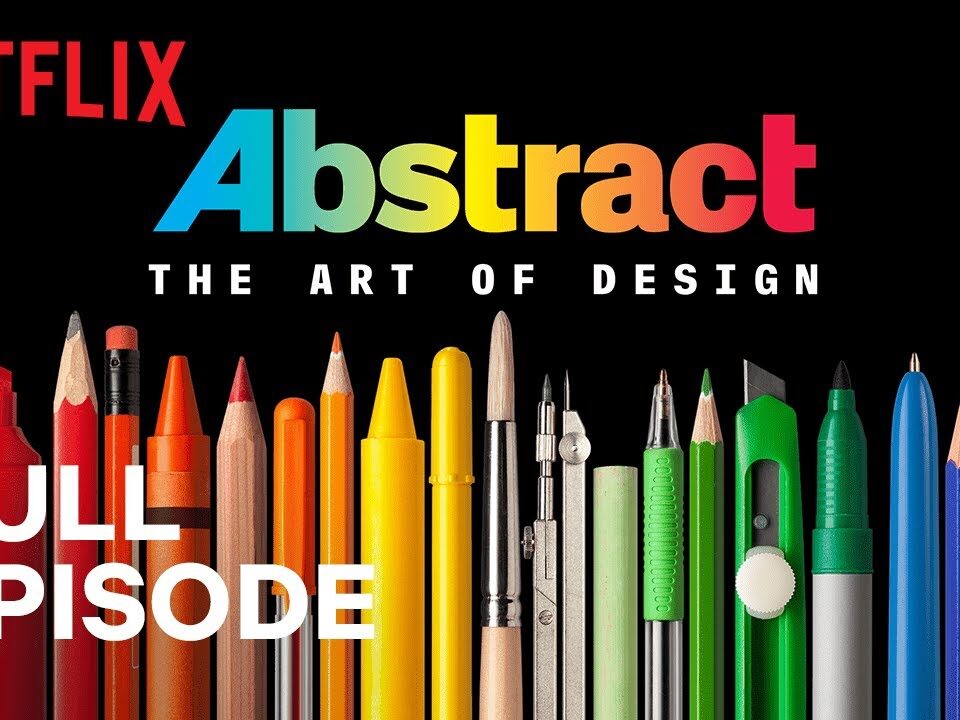
The evolution of the Internet has been nothing short of remarkable. From simple, text-heavy pages to complex, interactive applications, the web has come a long way in a relatively short period of time. And now, with the advent of Web 3.0, we are seeing yet another evolution in the way we interact with online content.
At the heart of this evolution is the role of visual design. With users demanding more immersive and interactive experiences, designers are tasked with creating interfaces that not only look great but also function flawlessly. In this article, we’ll explore the role of visual design in the context of web 3.0 and how designers are using visual elements to create engaging and memorable experiences for users.
The importance of visual design in Web 3.0
In the past, website design was often an afterthought, with functionality and content taking precedence. However, as the Internet has evolved, so has the importance of design. In today’s digital landscape, design is just as important as content, if not more so. With so many websites competing for our attention, a well-designed website can be the difference between a user staying or leaving.
In the context of Web 3.0, visual design is even more critical. As the Internet becomes more decentralized and users take control of their data, website and app design will play a crucial role in building user trust. Sites that are poorly designed, confusing, or difficult to navigate will quickly lose users’ trust.
Visual design can also be used to communicate complex ideas and concepts in a more accessible way. By using visuals like infographics, charts, and diagrams, designers can make complex information more digestible and easier to understand. This is particularly important in sectors such as finance or healthcare, where complex data is often presented in a dry and unengaging way.
Leveraging Emerging Technologies for Visual Design
As Web 3.0 continues to evolve, designers will have access to a range of new technologies that can take their designs to the next level. One such technology is augmented reality (AR), which overlays digital content onto the real world. AR can be used to create immersive experiences that engage users in ways that traditional websites cannot.
Another emerging technology is virtual reality (VR), which creates fully immersive environments that users can explore. Although VR is still in its infancy, it has the potential to revolutionize the way we interact with digital content, and designers will need to adapt their skills to create compelling experiences in these new environments.
Conclusion
Visual design has always played a crucial role in the success of websites and applications, but its importance has only grown in the context of Web 3.0. With users demanding more immersive and interactive experiences, designers must leverage visual elements to create interfaces that not only look great but also function flawlessly.
As Web 3.0 continues to evolve, designers will have access to a range of emerging technologies that can take their designs to the next level. By staying up to date with these technologies and adapting their skills accordingly, designers can create engaging, memorable experiences that keep users coming back for more.



